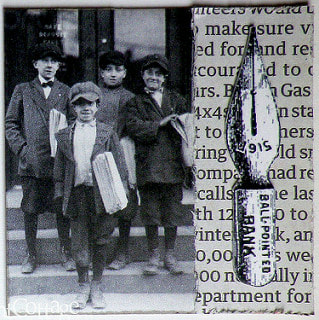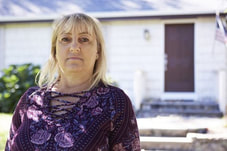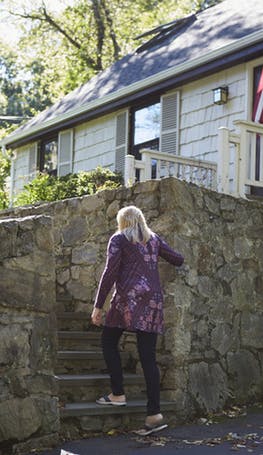| Why we pay more for biotech drugs |
Why the U.S. remains the world's most expensive market for 'biologic' drugs Unlike in Europe, the medicines face little competition here, which is why Americans pay more.
By Sarah Jane Tribble Kaiser Health News
JANUARY 11, 2019 — 12:05AM
Europeans have found the secret to making some of the world’s costliest medicines more affordable, as much as 80 percent cheaper than in the U.S.
Governments in Europe have compelled drugmakers to bend on prices and have thrown open the market for so-called biosimilars, which are cheaper copies of biologic drugs made from living organisms. The brand-name products — ranging from Humira for rheumatoid arthritis to Avastin for cancer — are high-priced drugs that account for 40 percent of U.S. pharmaceutical sales.
European patients can choose from dozens of biosimilars, 50 in all, which have stoked competition and driven prices lower. However, the U.S. government stops short of negotiating and drugmakers with brand-name biologics have used a variety of strategies — from special contracting deals to overlapping patents — to block copycat versions from entering the United States or gaining market share.
As a result, only six biosimilars are available for U.S. consumers.
European countries don’t generally allow price increases after a drug launches and, in some cases, the national health authority requires patients to switch to less expensive biosimilars once the product is proven safe and effective, said Michael Kleinrock, research director for IQVIA Institute for Human Data Science.
If Susie Christoff, 59, who suffers from debilitating psoriatic arthritis, lived in Italy, the cost of her preferred medicine would be less than quarter of what it is in the U.S., said data gathered by GlobalData, a research firm.
| Christoff tried a series of expensive biologics before discovering a once-a-month injection of Cosentyx, manufactured by Swiss drugmaker Novartis, worked the best. Without the medicine, Christoff said, “it’s 24/7 constant pain.” At first, Christoff’s copay for Cosentyx was $50 a month. But when a disability led her to switch to a Medicare Advantage plan, her out-of-pocket costs ballooned to nearly $1,300 a month. “I’m not ready to stop trying. But I’m also not ready to go through my entire retirement fund to walk,” she said. Novartis said it offers patient assistance programs. Christoff said she doesn’t qualify. The annual cost of Christoff’s treatment runs about $65,000 in the U.S. In Italy, where competition and price negotiations play a bigger role, it would run about $15,000, GlobalData said. And those price differences are true even though there is no biosimilar version of Cosentyx yet available in Europe. |
Unlike Cosentyx, rival drugs — Humira, Enbrel and Remicade — all face biosimilar competition in Europe. Only Remicade has competition from a lower-cost biosimilar in the U.S., and Humira isn’t expected to have a copycat competitor in the U.S. market until 2023. Humira, made by AbbVie, is the world’s top-selling drug.
In late October, Wall Street analyst Ronny Gal noted that AbbVie agreed to drop Humira’s price by 80 percent in one Nordic country to combat biosimilar competition. AbbVie Chief Executive Richard Gonzalez said the discount was as low as 10 percent and as high as 80 percent across the continent. “These are markets where it’s ‘winner takes all’ ” he said.
Food and Drug Administration Commissioner Scott Gottlieb has expressed concerns about the cost of biologics. “The branded drug industry didn’t build its success by being business naive; they are smart competitors,” he said at the Brookings Institution in July. “But that doesn’t mean we need to embrace all of these business tactics.”
One such tactic involves so-called rebate traps, in which financial deals are cut to make sure patients can get only a biologic, not a biosimilar.
Johnson & Johnson’s wildly successful biologic Remicade, the brand-name version of infliximab, produced $6.3 billion in worldwide in 2017. Pfizer launched its copycat drug, Inflectra, in the U.S. in October 2016, noting that it would price the drug at a 15 percent discount to Remicade’s wholesale price.
Still, health systems such as Geisinger Health, based in Pennsylvania, say they have had difficulty switching to the less expensive alternative.
“J&J has done a really good job of entrenching themselves in the market,” said Jason Howay, a manager of formulary services at Geisinger.
The health system decided it wanted to switch all adults to Pfizer’s biosimilar, saying it provided the same quality of treatment. But Johnson & Johnson had “bundled” the prices of other drugs with Remicade. So if Geisinger stopped using Remicade, J&J could stop providing discounts on other drugs, such as those used for cardiology, Howay said. “It weaves a very tangled web.”
A spokeswoman for Janssen, Johnson & Johnson’s main pharmaceutical subsidiary, said the drugmaker does offer “more attractive contract terms” to buyers who use a wider range of J&J medicines.
“Our contracting approach has always prioritized access for patients and their providers,” Meredith Sharp said.
Another business tactic is creating patent thickets to block competitors. For example, Humira has more than 100 patents protecting it in the U.S.
And, unlike more chemical compound generics, like aspirin, a pharmacist cannot automatically replace a biologic with the biosimilar. More than 40 states have passed laws around how and when doctors and pharmacists can make such a substitution. Federal guidelines are still not established.




 RSS Feed
RSS Feed